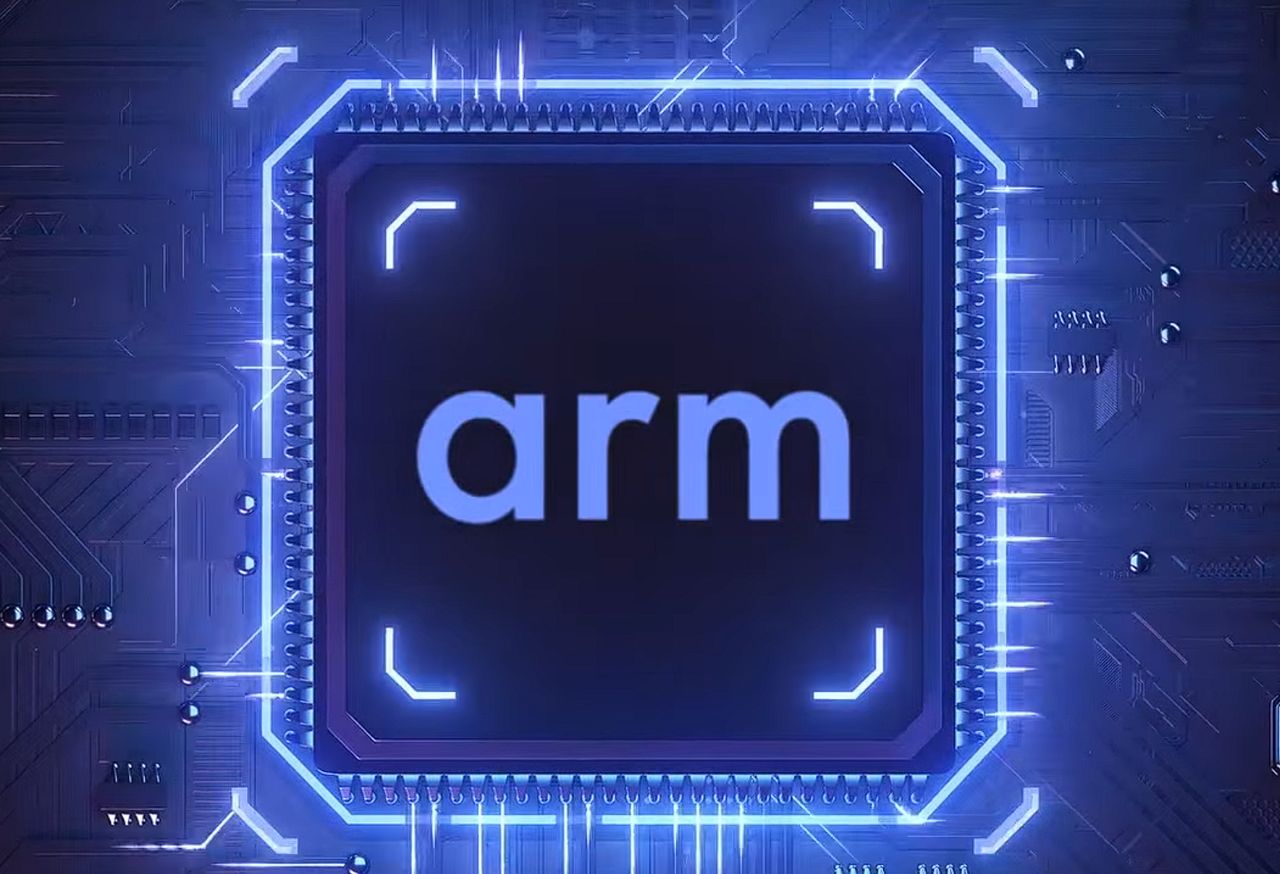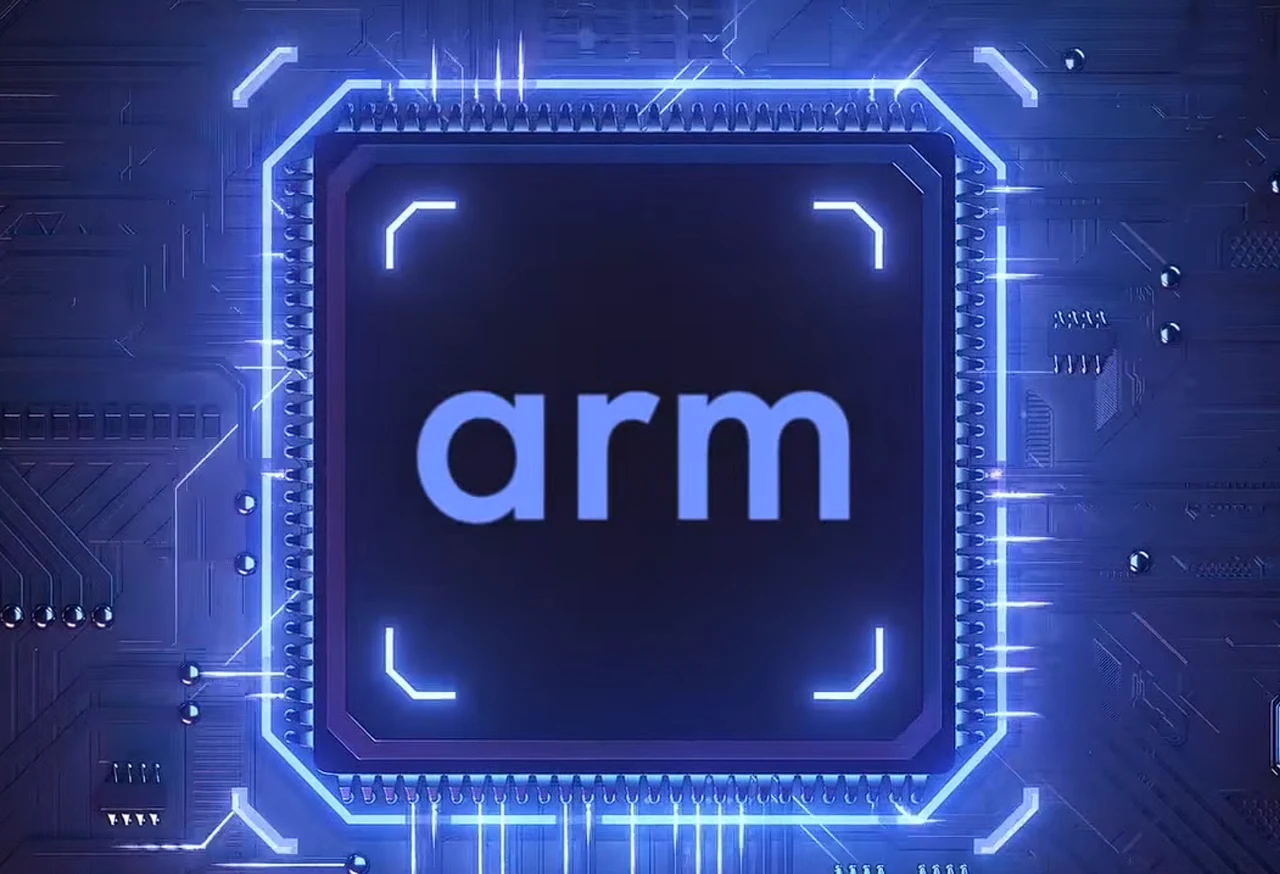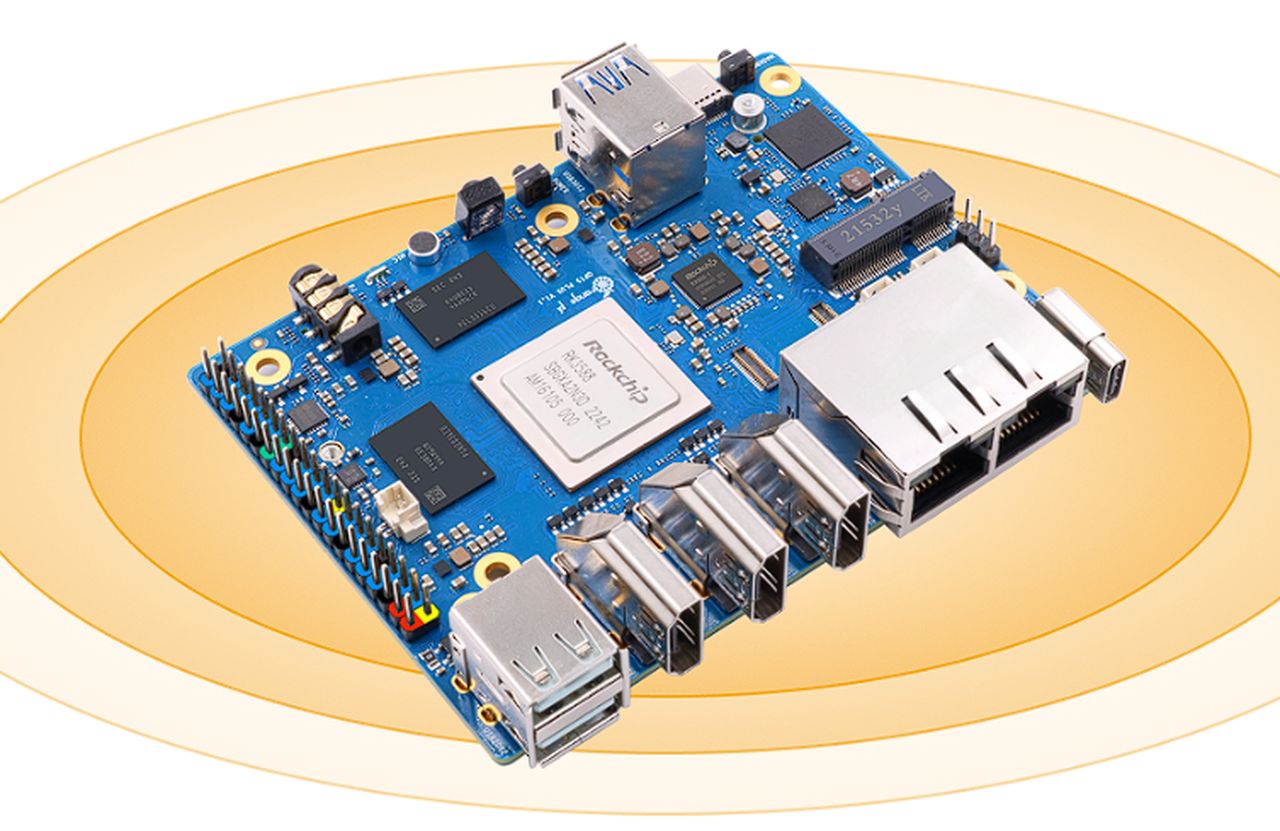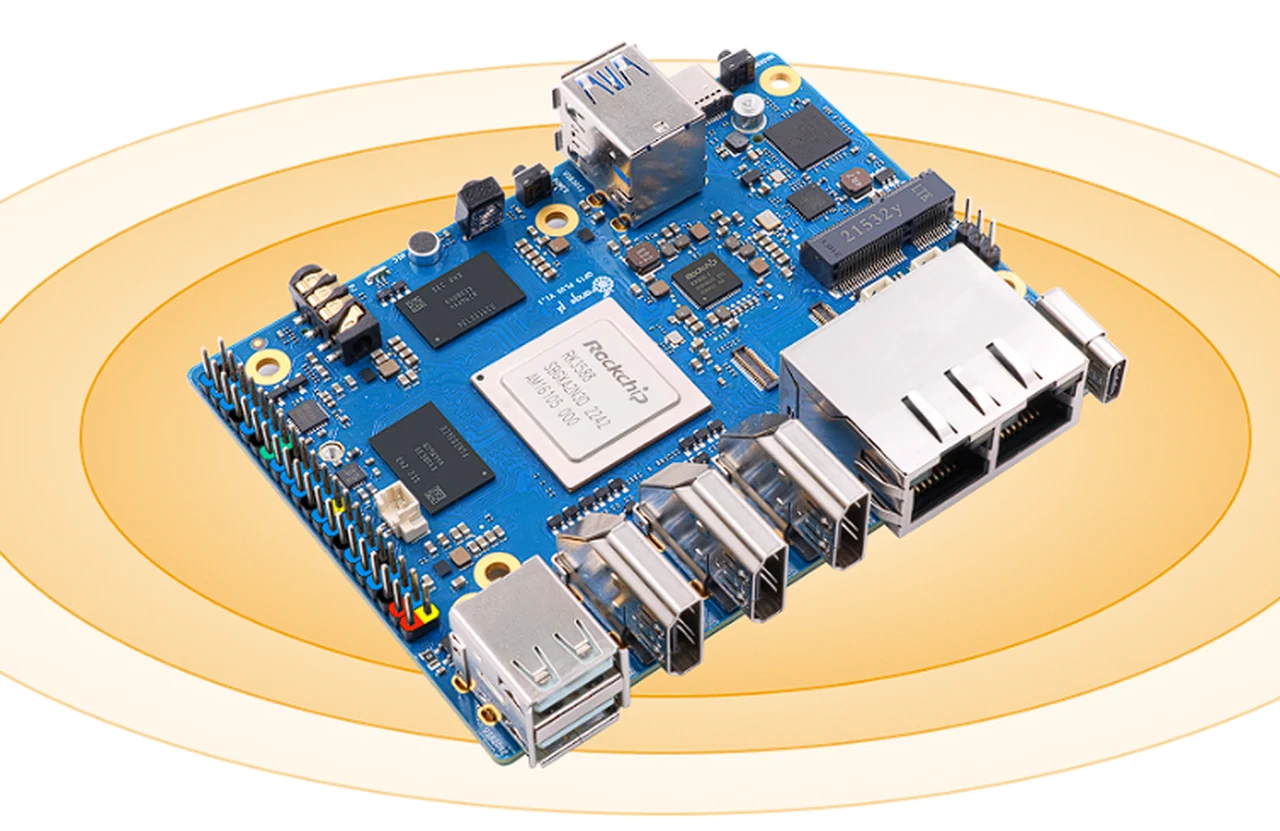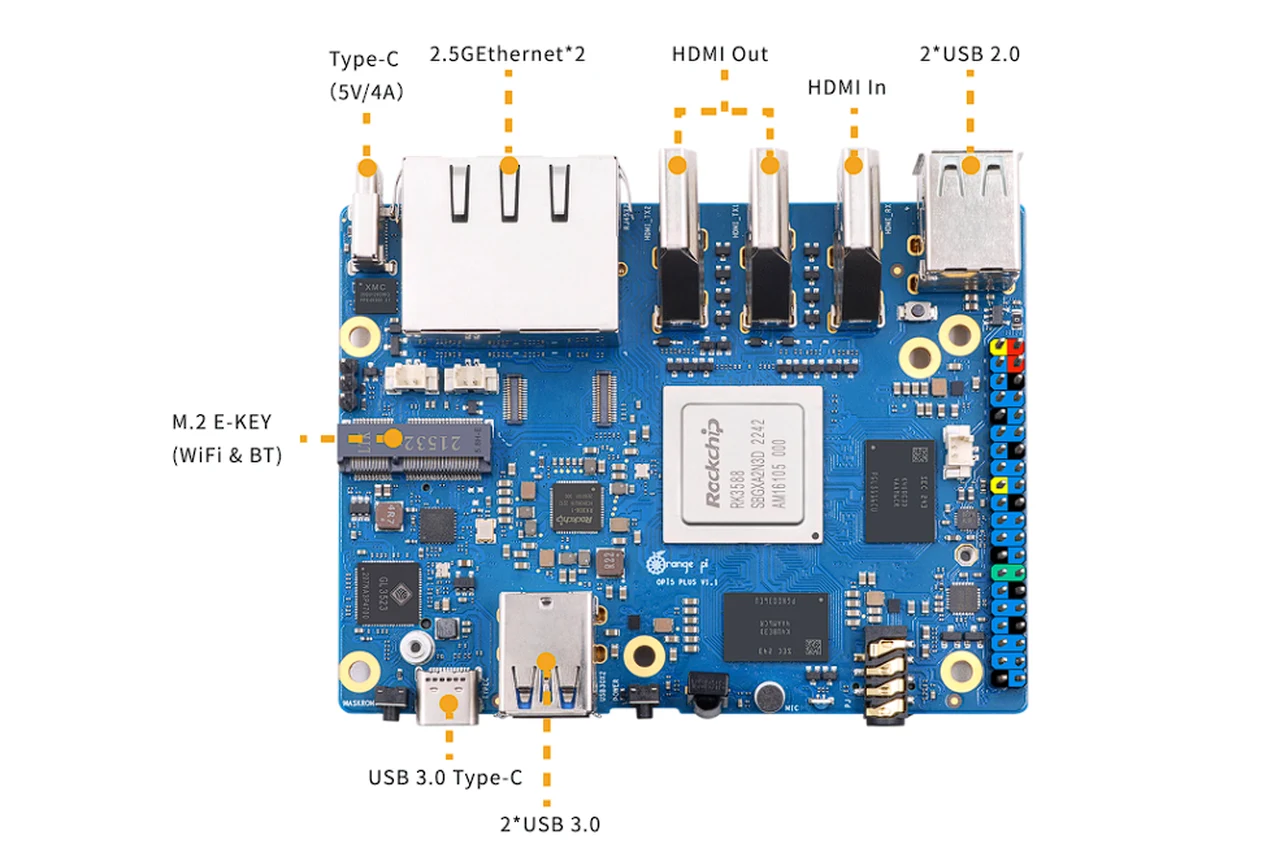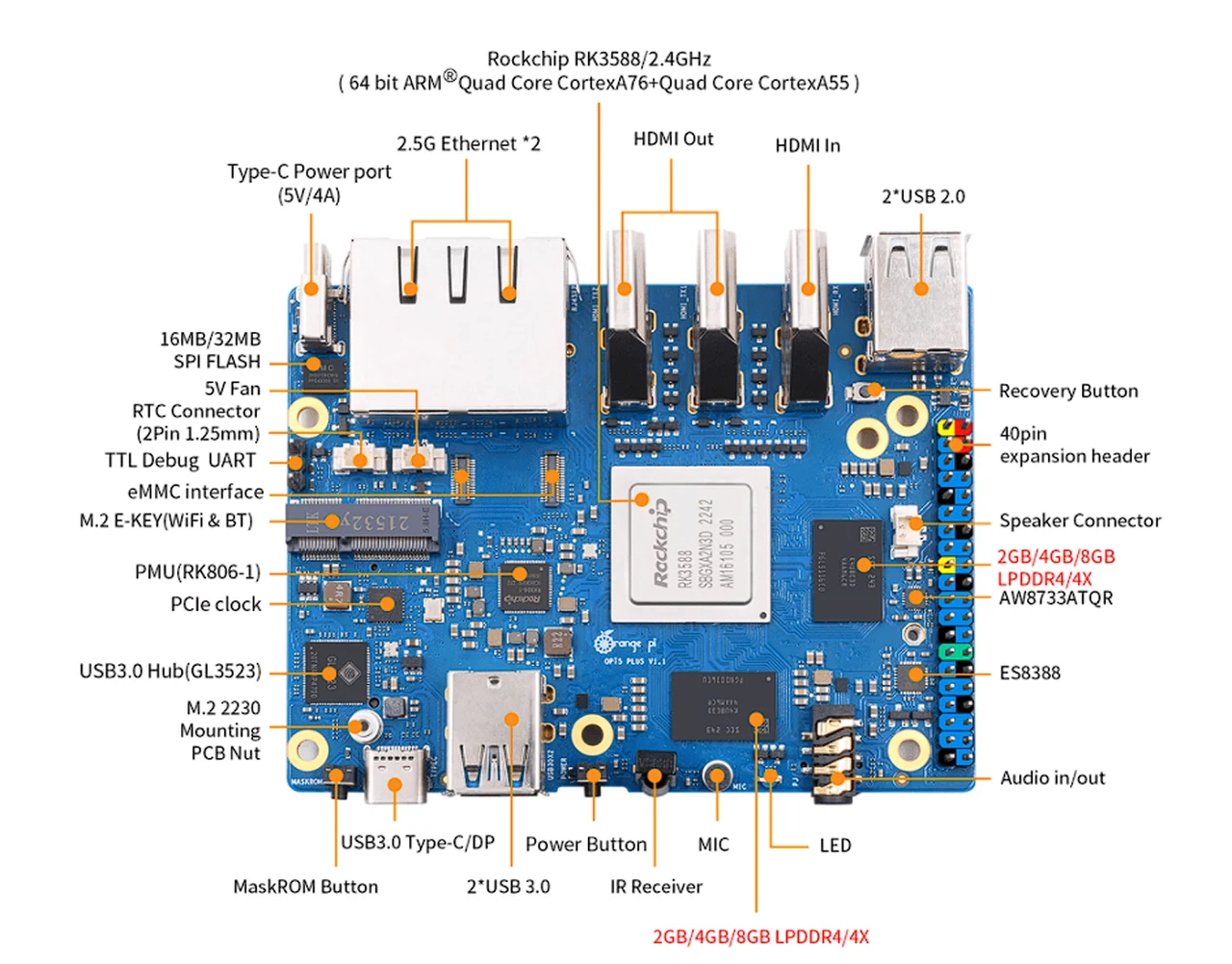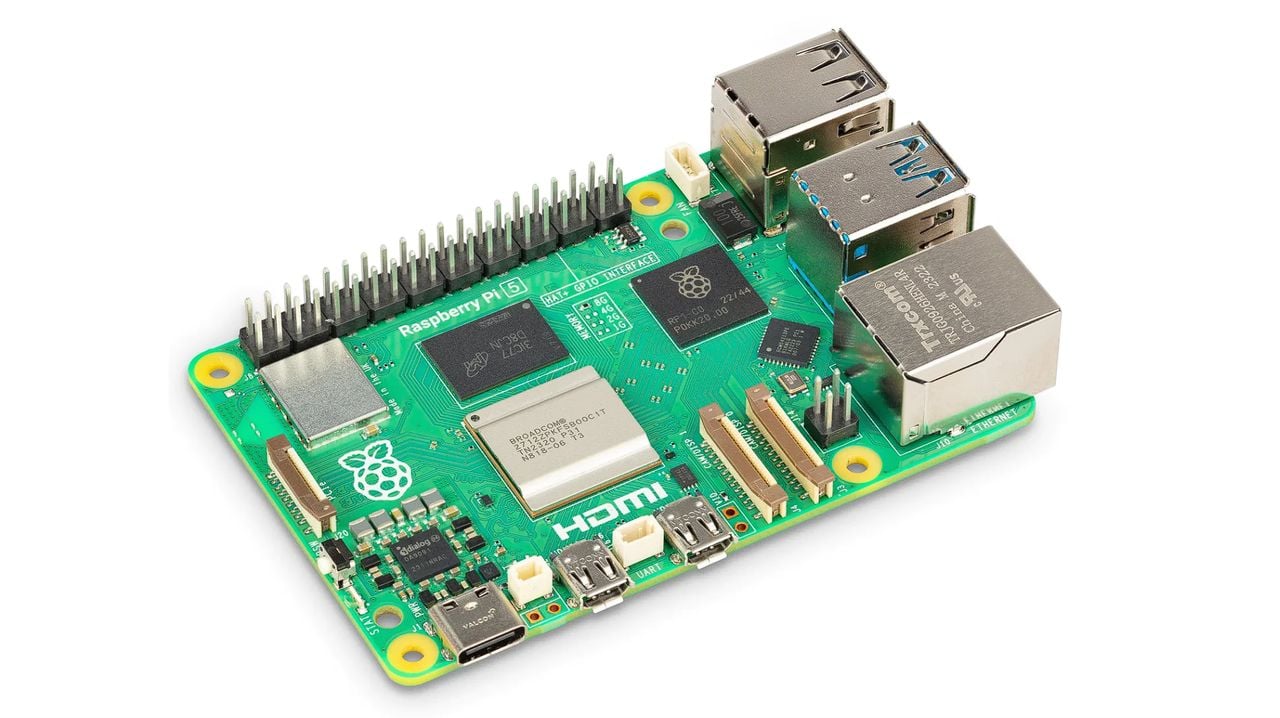
In a remarkable turn of events, Sarah has overcome the odds after a devastating train accident that resulted in the loss of her right arm and leg. Her life has been transformed by an AI-powered bionic arm that has given her a new lease on independence. This high-tech prosthetic is sensitive to the muscle movements in Sarah’s remaining limb, and is controlled by thoughts and artificial intelligence. Allowing her to perform tasks with an impressive level of precision that closely resembles natural human motion. Watch the demonstration video below to learn more about the technology that is currently under development.
The cutting-edge technology behind Sarah’s new arm includes a rotatable wrist and the ability to apply a significant amount of force, features that replicate the functionality of a real limb. The arm is equipped with 16 electrodes that pick up on the subtle muscle twitches in Sarah’s residual limb. These signals are then converted into a variety of actions by the prosthetic. The artificial intelligence is crucial in this process, as it records Sarah’s movement patterns, predicts her intentions, and learns from her to improve the arm’s responsiveness.
Bionic arm powered by users mind
Here are some other articles you may find of interest on the subject of artificial intelligence :
Sarah’s journey to mastering the use of her bionic arm has been intense and required a lot of dedication. She spent countless hours in rehabilitation, working closely with experts to perfect the way she communicates with her new limb. This training is vital for the AI to fine-tune its interpretation of her commands, which is key to making the use of the arm feel more natural and integrated into her everyday life.
The impact of the bionic arm on Sarah’s daily activities has been profound. Tasks that were once challenging due to her disability are now within her reach. She can now prepare meals, type, and participate in a variety of activities that were difficult before. This advancement has not only increased her independence but has also significantly boosted her confidence.
Looking ahead, Sarah is excited about the potential for future AI improvements that could enhance the functionality of her bionic arm even further. She hopes to one day regain the ability to ride a bike and drive, activities that symbolize freedom for her. As AI technology continues to progress, there is a growing sense of optimism for individuals like Sarah, who may be able to experience a greater sense of normalcy with their prosthetic limbs.
Sarah’s story is a testament to the powerful combination of human resilience and technological innovation. Her experiences with the AI-powered bionic arm highlight the incredible potential for technology to change lives and expand the limits of what is achievable for those who rely on prosthetics.
Image Credit : BBC
Filed Under: Technology News, Top News
Latest timeswonderful Deals
Disclosure: Some of our articles include affiliate links. If you buy something through one of these links, timeswonderful may earn an affiliate commission. Learn about our Disclosure Policy.


